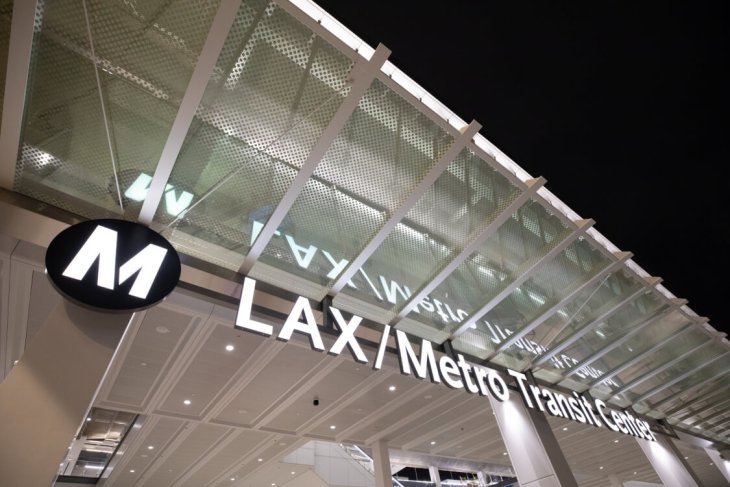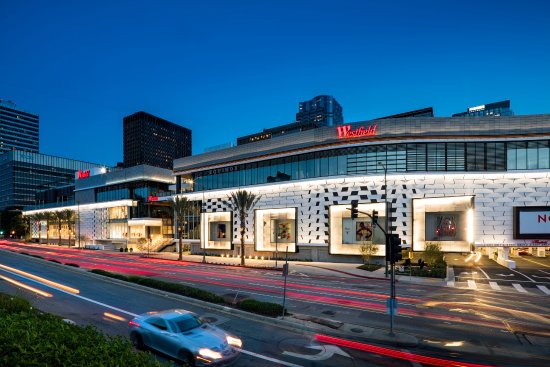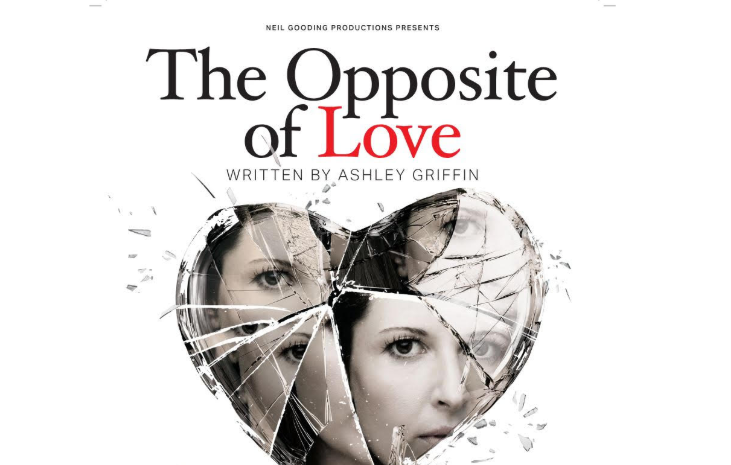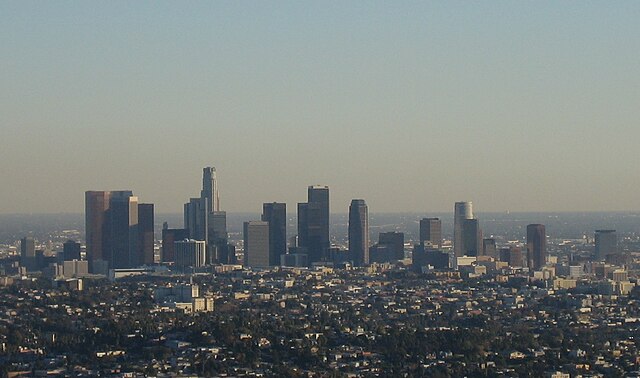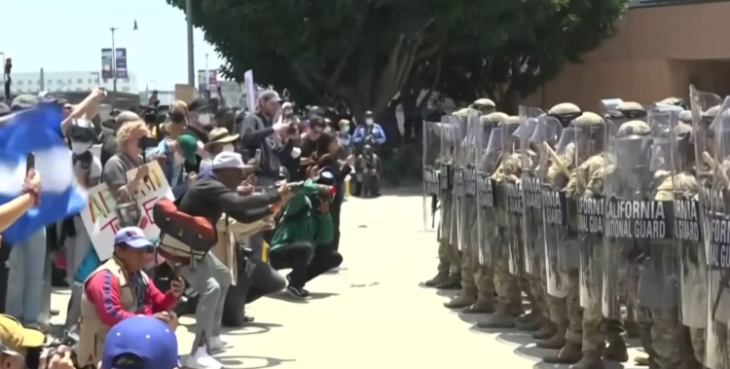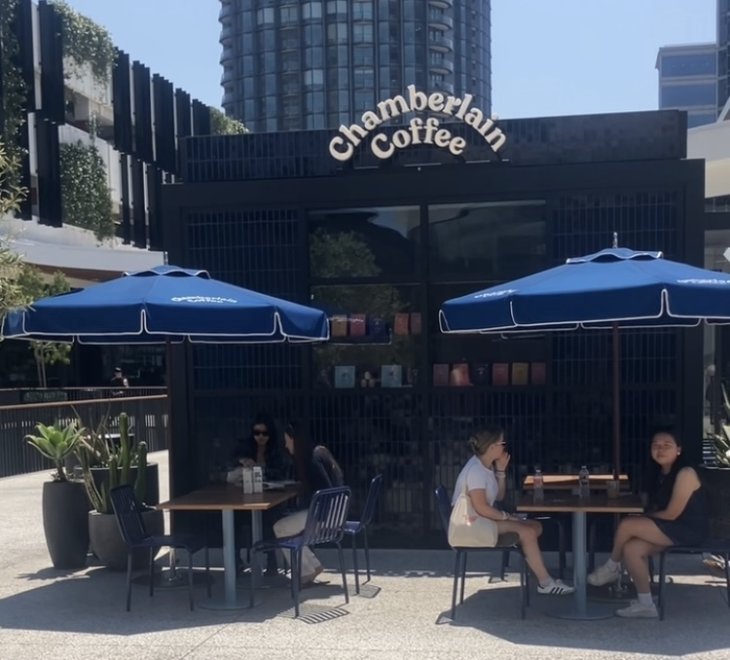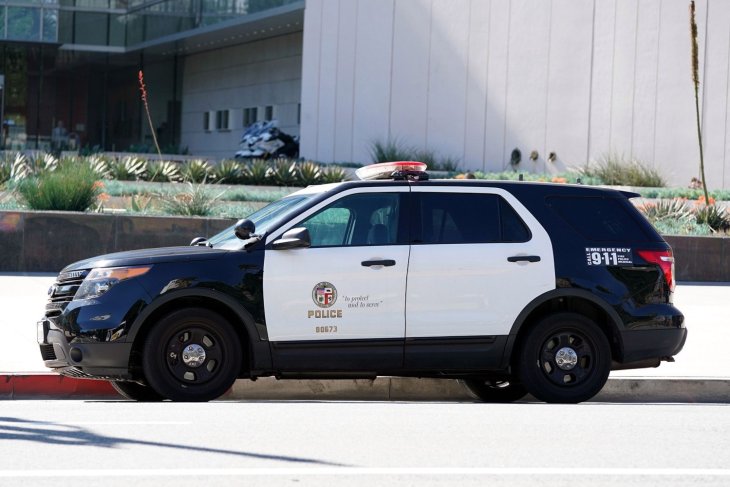
For years now many have been worried about election integrity. I’m not paranoid about these things, but I wanted to see all this with my own eyes. So I signed up to be a poll worker volunteer this time around. I was stationed at Brentwood Science Magnet School. I was there four days, November 2-5.
First the good news.
People really take their right to vote seriously. The line was an hour and a half long on Tuesday, November 5, the last day of voting. Whenever we couldn’t find someone in the computer system, people became quite anxious. They wanted to be sure they got to cast their vote.
There was a workaround procedure ensuring everyone got to vote. It just took a little longer in the case of those not readily found in the system. While the volunteers played a critical role, there’s no way this system could work without the leadership and participation of several talented, hard-working, and dedicated workers from the County. Ours was a fun team.
The technology was more advanced than any I had experienced before. Long gone are the big books with your name and address on them. This time everyone had to get checked in via an Apple iPad, signing in, using a rubber stylus.
If a voter showed up with his or her sample ballot, it had a bar code printed on it, unique to that voter. With a quick scan, it was really easy to check in these voters. This feature should be heavily promoted in the future; it really speeds things up. Most didn’t know they could do that.
Voters could also preload their votes into their phone, producing a QR code that could be scanned into the voting machine. That was pretty slick.
Voters generally seemed to be in a good mood. All day long, on election day, food kept arriving at our polling location – anonymous contributions from the neighborhood. We had doughnuts, fruit, and then, later in the day, the pizzas started showing up.
We had so much extra food that at one point, I asked the supervisor if I could take several boxes of pizza and go work the lines of voters who were still outside. It was getting cold and dark out there. The boss said OK and within a few minutes, four boxes of pizza were gone.
Now the bad news.
The registration records of many couldn’t be found inside our iPads. Many reported that they had registered online – months, weeks, and even the day of voting. Many presented affidavits they got via email from the Registrar’s office, showing they were registered voters.
But we couldn’t find their records in the system and had to re-register them from scratch. The only way we could issue them ballots was to make them provisional or conditional voters. I’m guessing this happened as often as 30 percent of the time.
But there is a huge amount of paperwork involved to issue a conditional or provisional ballot. It took these voters as long as 10-30 minutes each to fill out the form printed on the outside of a big pink envelope, into which they would later insert their ballot.
It was very frustrating for everyone involved.
But maybe the biggest frustration was knowing the lines outside never had to reach an hour and a half; I think, if the computers were all properly synced up, the lines never would have grown longer than 30 minutes.
And if the computers aren’t syncing, that could cause many to question the efficacy of the system. That’s not good. There have been several news reports saying the State of California – and Los Angeles County in particular – are way behind when it comes to counting votes.
As I write this on November 14, nine days after election day, millions of votes still aren’t counted.
I think a huge reason has to be all the conditional and provisional ballots. Someone has to physically open each of those envelopes. Someone has to then take the information hand-written on the outside of the envelope, and type that into the system.
If the system’s computers had been properly synced on election day, this issue would go away. Then there was the issue of voter ID. I’m guessing 30-40 percent of voters arrived at the front of the line with their driver’s license, passport, or other form of ID, ready to present.
But we were told it was against the law to look at these IDs.
When I told people this, they often couldn’t believe it – and several became quite upset. They wanted us to check their ID. They asked, if we weren’t checking IDs, how could we know if they were really who they said they were?
This is a very good question. I didn’t have a good answer.
Whatever the purported social benefit is of not asking for ID is far outweighed, I think, by all the mistrust that NOT asking for IDs generates. Those who originally came from other countries seemed particularly offended. Not being required to show ID would never be tolerated back in the old country, I was told repeatedly.
Many of the voters had long, hard-to-spell names (at least from the perspective of this Anglo-American). Many had Persian, Armenian, Hispanic, Russian, Chinese or other last names. These voters knew we’d have a hard time spelling their names, so they happily presented IDs when they arrived at the front of the line.
This made it so much easier. I could just look at the information and type it in, one letter at a time, using a rubber-tipped stylus. But I kept getting scolded every time the supervisor saw me accepting an ID.
As a result, the voter had to spell his or her name, one letter at a time, as I tapped it in, using the stylus (a slow procedure under the best of circumstances).
As more and more voters spelled out their names up and down the check-in lines, the place became louder and louder. When the place got really crowded, we practically had to yell at each other to hear each letter properly. My throat hurt at the end of the day.
If we could simply hold the ID in one hand and tap away with the other, this problem could be eliminated. It was very frustrating for all involved. And it added to the length of time it took to check in voters.
When I complained to my supervisor, saying these voters wanted to present IDs, she said too bad, it was the law. We couldn’t look at IDs. This seemed really dumb to me – especially if people were voluntarily presenting IDs.
She told me to take it up with election officials after the election. This is my first step in that direction. I just don’t see why voters shouldn’t be asked to show ID. And if they voluntarily show it, why can’t we look?
My Republican friends say the reason Democrats don’t want to ask for IDs is that Democrats want to allow non-citizens to vote because one day most of these people will vote Democratic.
My Democratic friends say this policy is needed because Black people, in particular, don’t have IDs. Many, including Blacks, find this statement wildly offensive, inaccurate – and racist, even.
Why give anyone a reason to doubt the system? If we simply asked for ID, that would eliminate a lot of skepticism when it comes to our voting system, in my opinion.
Paradoxically, it was the foreign-born who seemed most upset about the no-ID system. Based on exit polls, the assumption that the foreign-born will automatically vote Democratic could actually be wrong.
There is one more flaw in the system that really needs to be corrected. At the end of the process, the ballot machine prints out a one-pager, showing the voter all of his or her votes. This is one last opportunity to correct any mistakes. If the voter agrees the votes are fine, the voter feeds the printed ballot back into the machine, and into a box it goes.
But it became clear very quickly that many thought the printed piece of paper was a receipt of some sort, and they started walking out of the voting station, ballot in hand. But a vote doesn’t count if it isn’t fed back into the machine.
Poll workers quickly went on high alert and stopped people if they were leaving the premises with their ballots. Did a few ballots sneak out, inadvertently? Probably.
The machines need to be re-jiggered so a voter can check his or her votes while the machine maintains a grip on the physical ballot. I think it used to be this way.
Now, here’s the really good news.
I don’t believe anyone who arrived during our four days of voting came to submit a fraudulent vote. The system is too complicated, the lines are too long. The people seemed too earnest about wanting to vote.
If you went to all this work to submit one fake vote, you would have to be very motivated, indeed. I just don’t think this was an issue.
If there is voter fraud, it would have to take place much higher up in the food chain. But even here, I sincerely doubt this is a real issue. The system has a lot of protections built in – so many, in fact, it slows down the vote-counting process.


